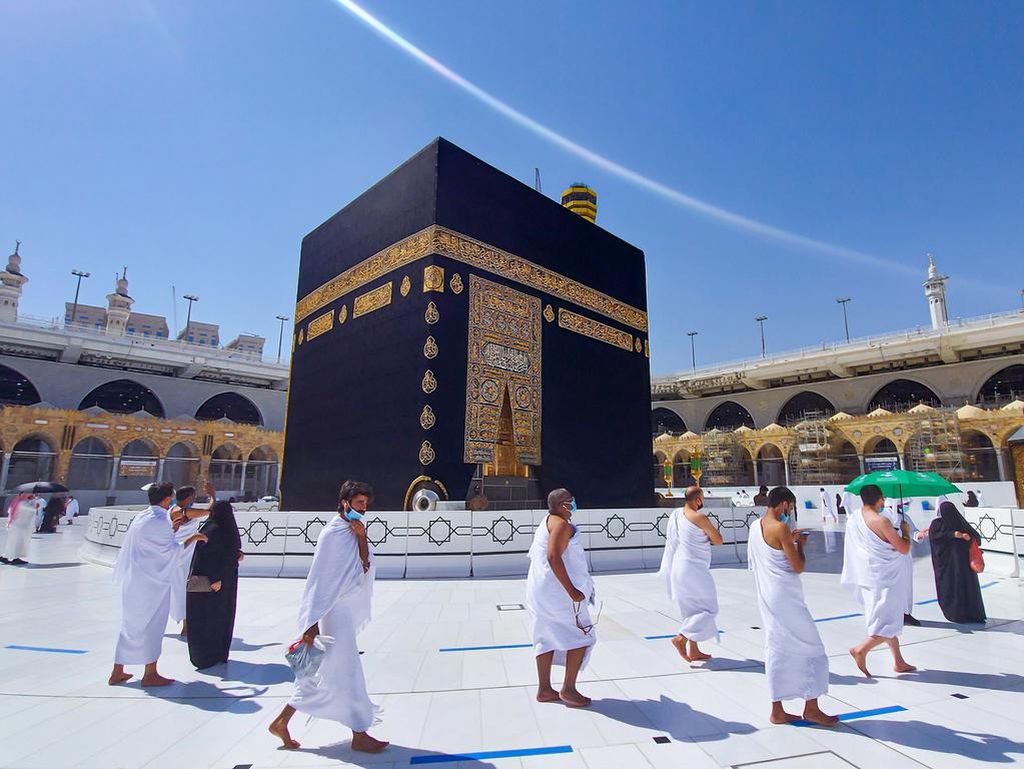
Kyoto, Japan’s cultural gem, shows colorful historical wonders, traditional arts, and unique practices that resonate through the ages. This ancient city, situated in the heart of Japan, is not merely a destination but a living museum of cultural richness waiting to be explored. If you’re planning a trip to Japan, then this is your sign to include Kyoto as one of your destinations.
Historical Background
Kyoto’s roots delve deep into Japan’s history, as it was once the capital and the epicenter of imperial power. Established over a millennium ago, Kyoto’s endurance as a cultural hub persisted even as the capital shifted.
Kyoto Imperial Palace
The Kyoto Imperial Palace, an emblem of regality, is a testament to the city’s historical significance. This architectural marvel served as the Imperial residence and hosted cultural events, allowing visitors to follow in royalty’s footsteps.
Kinkaku-ji: The Golden Pavilion
Equally captivating is the Kinkaku-ji, the Golden Pavilion. Adorned in gold leaf, this Zen Buddhist temple reflects the beauty of Japanese history and culture. With its serene surroundings and architectural brilliance, the Kinkaku-ji is a must-visit, offering a glimpse into Kyoto’s artistic heritage.
Traditional Arts and Crafts
Kyoto’s cultural identity is intricately woven with traditional arts, showcasing the elegance of geisha culture.
Geisha Culture in Gion District
In the Gion district, the heart of Kyoto’s geisha community, one can witness the grace and artistry of geisha performances. This traditional form of entertainment, dating back centuries, immerses visitors in dance, music, and refined conversation.
Tea Ceremony: Zen Buddhist Tradition
The tea ceremony, an integral part of Japanese culture, finds its roots in Kyoto. Originating from the Zen Buddhist tradition, the ceremony involves the meticulous preparation and consumption of matcha, a powdered green tea.
Ikebana: The Art of Flower Arranging
Adding to Kyoto’s artistic palette is ikebana, the art of flower arranging. This centuries-old practice emphasizes harmony, balance, and simplicity. Various ikebana schools in Kyoto continue to preserve and pass on this art form, allowing visitors to witness the timeless beauty of meticulously arranged flowers.
Spiritual and Religious Heritage
Kyoto’s landscape is adorned with temples that narrate tales of spiritual reverence.
Fushimi Inari Taisha: The Torii Gate Pathway
With its iconic torii gate pathway, Fushimi Inari Taisha is a Shinto shrine dedicated to Inari, the god of rice and prosperity. The vermilion gates, known as torii, create a mesmerizing tunnel leading to the inner shrine, making it a pilgrimage for locals and tourists.
Kiyomizu-dera: Harmony of Nature and Spirituality
Kiyomizu-dera, perched on a hillside, offers panoramic views of Kyoto. This Buddhist temple, known for its wooden terrace, symbolizes the city’s harmonious blend of nature and spirituality.
Shinto and Buddhism in Harmony
Shinto and Buddhism harmoniously coexist in Kyoto, exemplified by joint festivals and celebrations. These events, deeply rooted in tradition, reflect the city’s commitment to preserving its cultural and spiritual diversity.
Cultural Festivals and Events
Gion Matsuri, Kyoto’s iconic festival, takes center stage with its grandeur and historical significance.
Gion Matsuri: A Grand Celebration
Originating in the 9th century, this annual event features vibrant parades, traditional performances, and a palpable sense of celebration. Visitors during Gion Matsuri are immersed in the lively atmosphere, gaining a firsthand experience of Kyoto’s festive heritage.
Hanami Festivals: Sakura in Full Bloom
Hanami festivals, dedicated to cherry blossom viewing, paint Kyoto in hues of pink during spring. Notable locations, such as Maruyama Park and the Philosopher’s Path, offer optimal hanami experiences, creating cherished memories for all who attend.
Culinary Heritage
Kyoto’s culinary landscape is a sensory delight, with kaiseki cuisine taking center stage.
Kaiseki Cuisine: A Culinary Symphony
Originating from the tea ceremonies of Kyoto, kaiseki is a multi-course meal that emphasizes seasonality and presentation. Dining at renowned kaiseki restaurants in Kyoto becomes a cultural experience, allowing visitors to savor the essence of Japanese culinary artistry.
Wagashi: Traditional Kyoto Sweets
Kyoto offers traditional sweets known as wagashi to satisfy one’s sweet tooth. These delicacies, often enjoyed with matcha, showcase the city’s attention to detail and dedication to preserving its culinary heritage. Kyoto’s wagashi delights the palate with a symphony of flavors from dorayaki to mochi.
Practical Tips for Exploring Kyoto’s Cultural Heritage
Consider the following itineraries for a seamless exploration of Kyoto’s cultural richness.
Day-wise Plans
Begin with a visit to the Kyoto Imperial Palace, immersing yourself in the regal history. Follow this with a journey through the Gion district, where geisha culture comes to life. Continue to Fushimi Inari Taisha to experience the spiritual allure of the Torii gates. Conclude your day at a kaiseki restaurant, savoring the culinary heritage of Kyoto.
Cultural Etiquette
When visiting temples and shrines, maintain a respectful demeanor. Bow before entering, avoid loud conversations, and follow any posted rules. During traditional events and ceremonies, observe the customs of those around you, ensuring a culturally enriching experience.
Experience the Beauty of Kyoto Today!
Kyoto invites visitors to partake in an immersive journey through Japan’s culture. As you venture through this city of timeless beauty, may you discover the profound depth of Kyoto’s cultural heritage and carry its essence as a cherished memory.
If you plan to tour Kyoto, Japan, ensure you have an excellent guide. Visit https://japantravellerguide.com/ for insights, travel tips, and detailed recommendations to enhance your Japan experience.








